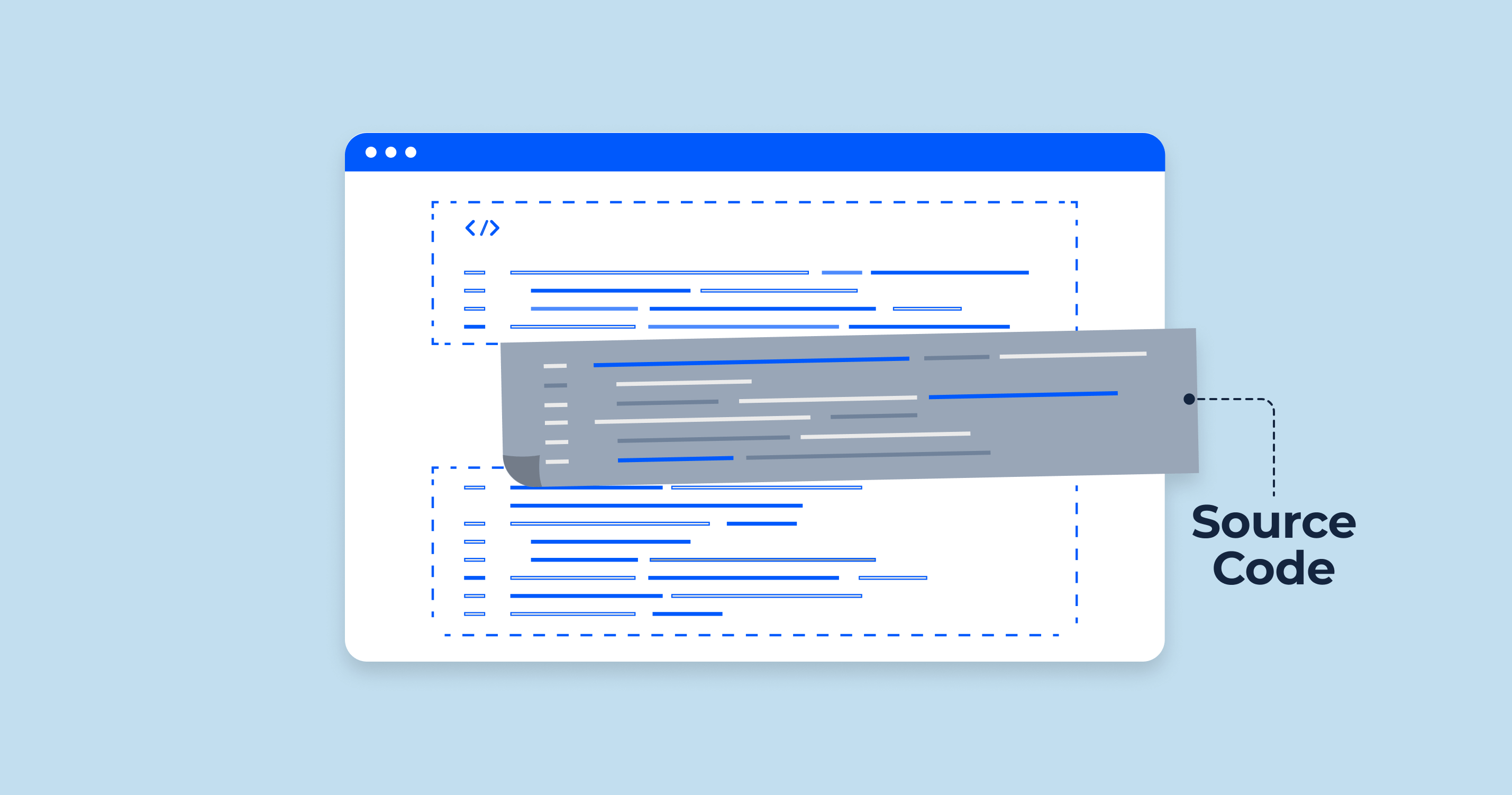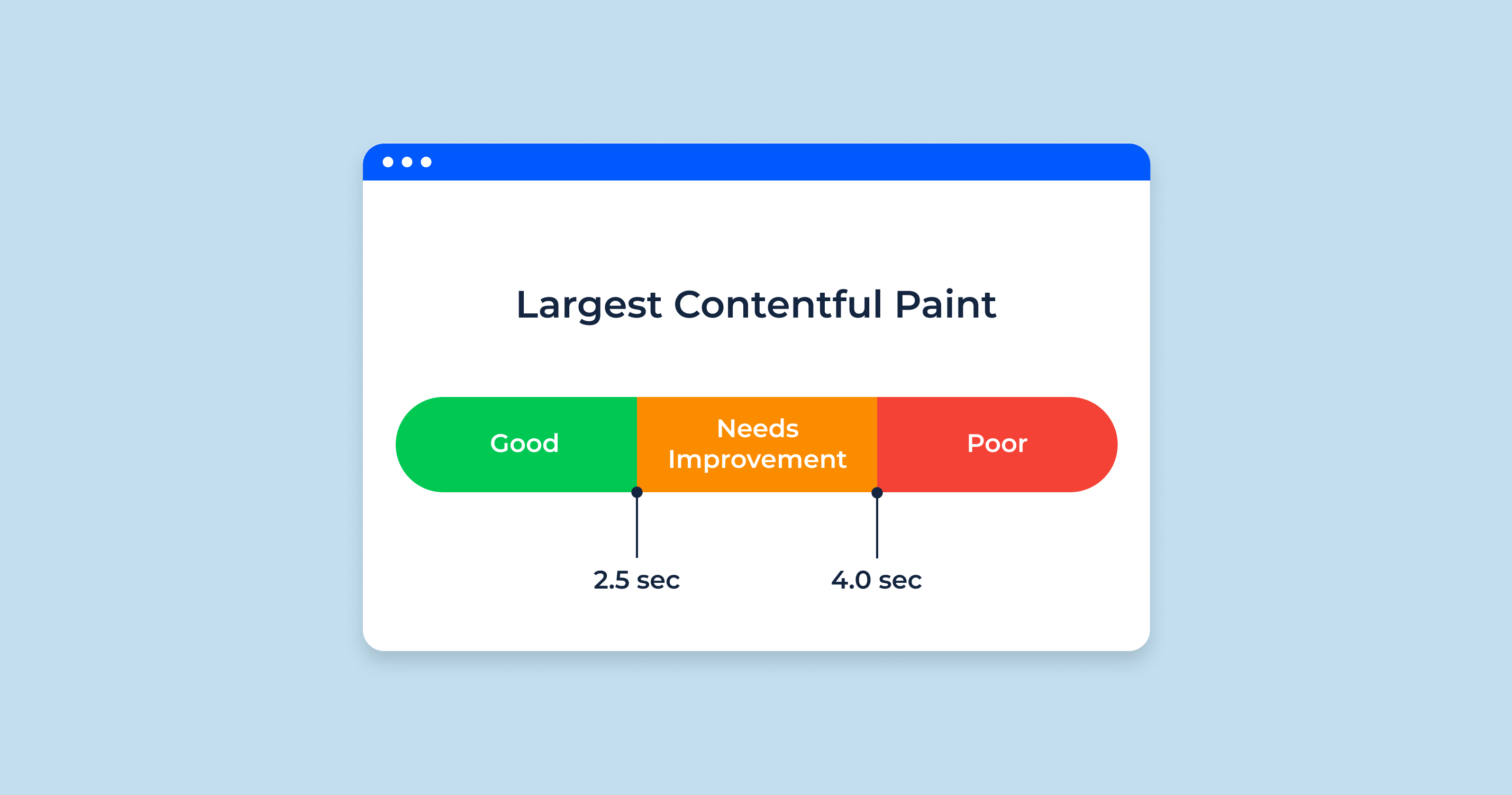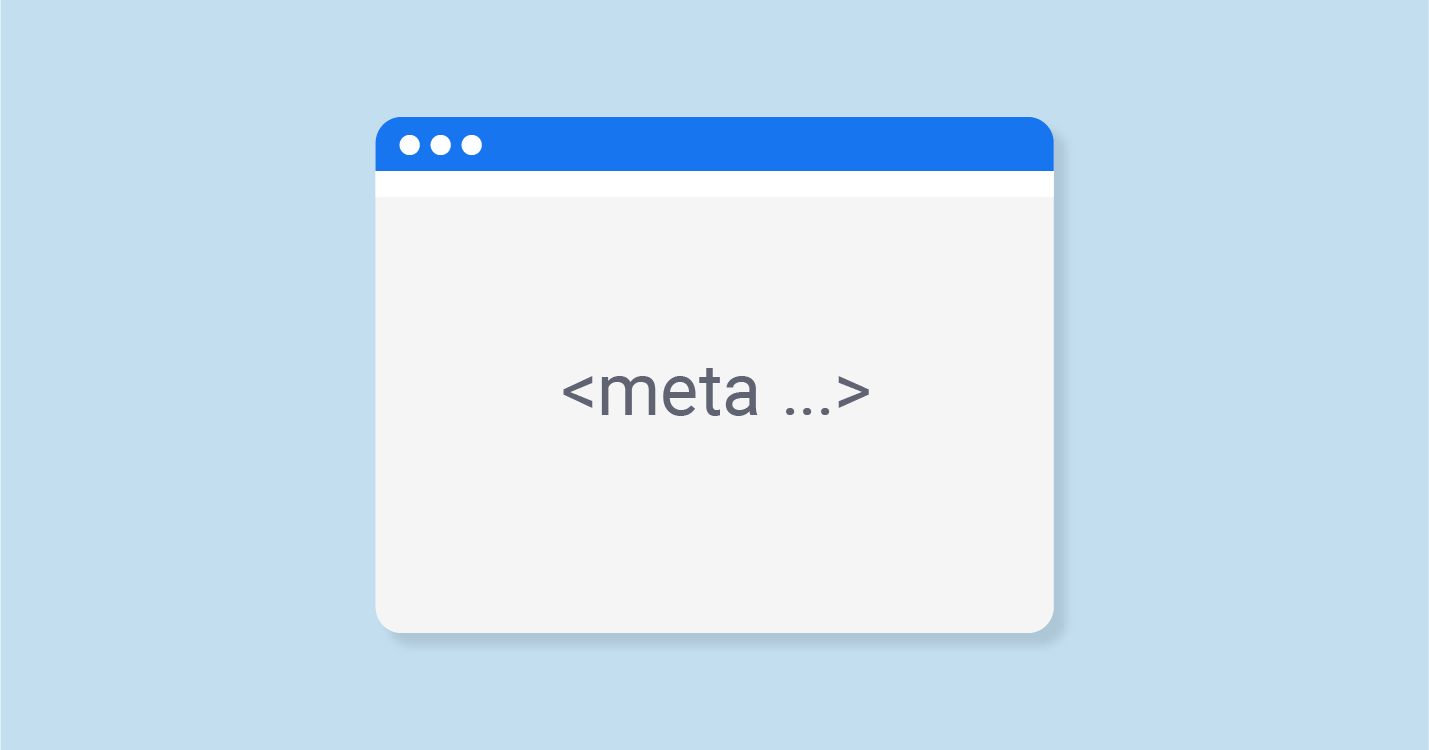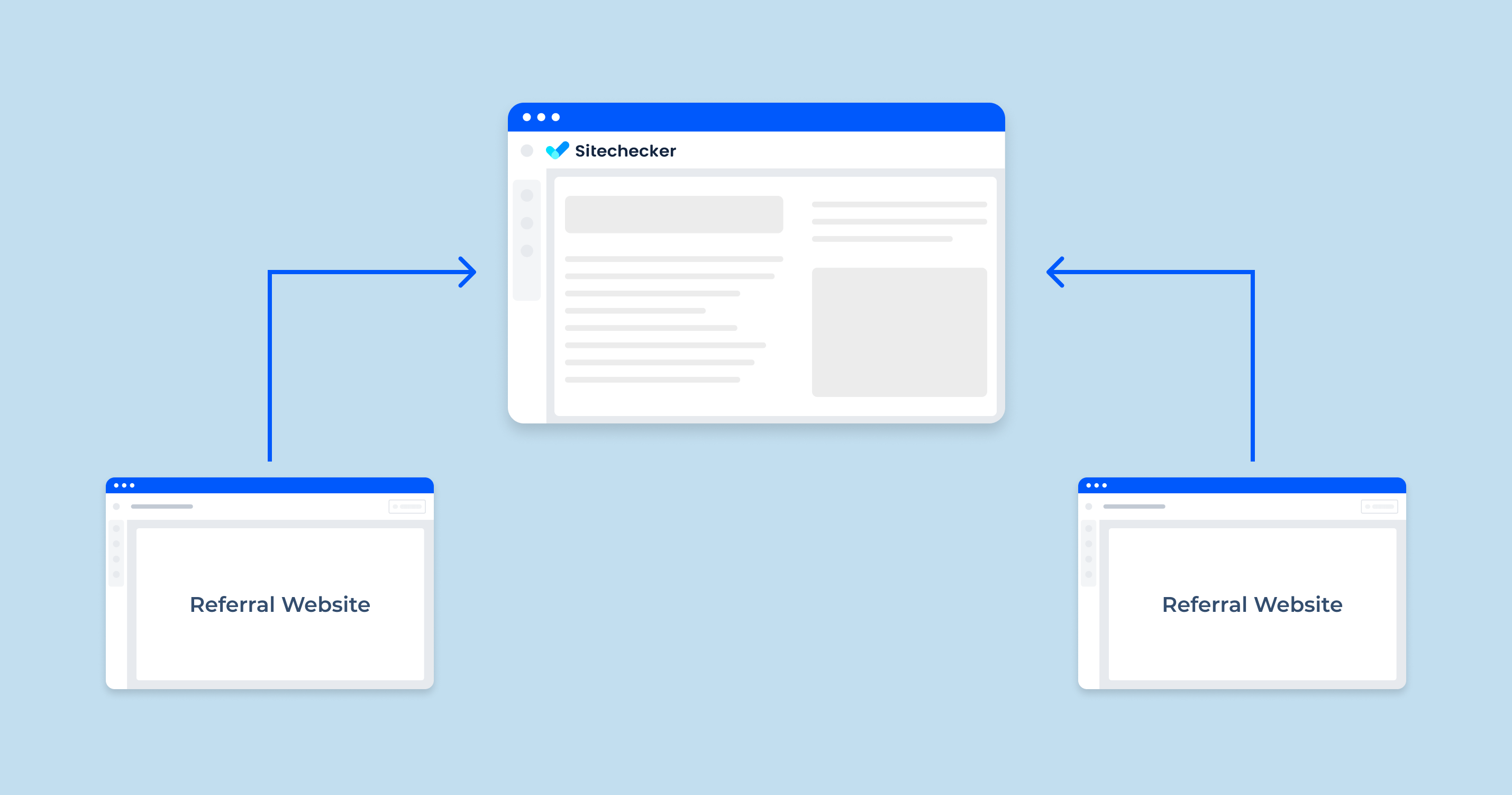What is Source Code?
Source code refers to the set of human-readable instructions written by a programmer using a computer programming language. It contains the steps and logic that a computer program must follow to accomplish a specific task or function. Before a computer can execute these instructions, the source code is typically transformed into machine code using a compiler or interpreter, making it understandable by the computer’s processor.
For instance, when you’re using any software application, be it your web browser, your favorite game, or a mobile app, behind the scenes, there’s source code working to make that software function. It’s the foundation of every software program and dictates how it behaves.
Why is source code important?
- Transparency and Trust: When the source code of a program is available for review, it allows users and other developers to understand how the software works. This transparency can build trust, especially in applications where security and privacy are crucial.
- Customization: Access to source code means that software can be modified to suit specific needs. Businesses often require tweaks or custom features in software products, and having the source code facilitates these adjustments.
- Innovation and Collaboration: Open source projects, where the source code is freely available, often encourage collaboration. Developers from around the world can contribute, leading to faster innovation and the continuous improvement of the software.
- Bug Detection and Fixing: When more eyes are on the source code, it’s easier to spot and rectify mistakes or vulnerabilities. This communal approach often results in more stable and secure software.
- Learning and Skill Development: For budding programmers, studying source code provides a valuable learning opportunity. By analyzing existing code, they can better understand programming concepts and improve their coding skills.
In essence, source code is the backbone of the digital world. It’s not just about writing commands; it’s about creating, innovating, and continuously improving the digital tools and platforms that we rely on daily.
Who Uses Source Code?
The realm of writing source code isn’t exclusive to a specific group of professionals. A wide variety of individuals and roles utilize source code, either directly or indirectly, in their daily tasks. Here’s a breakdown of some primary users:
| Software Developers and Programmers | At the forefront of this group are the software developers and programmers. These professionals create, modify, and maintain source code to build software applications, ranging from desktop programs to mobile apps and web platforms. |
| Web Designers and Developers | These individuals craft the websites we visit daily. While designers often focus on aesthetics and user experience, developers implement these designs using source code, working with languages like HTML, CSS, and JavaScript. |
| System Administrators | While they don’t always write code, system administrators often interact with scripts and configuration files (a form of source code) to manage and maintain computer systems and networks. |
| Database Administrators (DBAs) | DBAs manage and maintain databases. They often use SQL scripts, which is a form of source code, to query, update, and manage data. |
| Security Professionals | Ethical hackers and cybersecurity experts analyze source code to find vulnerabilities that could be exploited by malicious actors. By identifying these weak points, they help create more secure software. |
| Data Scientists | These professionals use programming languages like Python or R to write scripts (a specific kind of source code) for data analysis, machine learning, and other data-driven tasks. |
| Open Source Contributors | Many passionate developers contribute to open source projects in their free time. They use source code to add features, fix bugs, or simply improve the software’s overall quality. |
| Students and Learners | Many individuals diving into the world of programming and technology start by studying and experimenting with source code to understand the underlying principles of software development. |
| Quality Assurance (QA) Testers | While QA testers primarily focus on identifying software bugs and issues, understanding source code can help them diagnose problems more effectively and communicate with development teams. |
| Business Analysts and Product Managers | While they might not code daily, understanding source code helps these professionals bridge the gap between technical teams and stakeholders. A basic grasp of coding aids in setting realistic expectations and comprehending the technical limitations or possibilities of a project. |
In essence, source code is the lingua franca of the digital realm, with a diverse group of professionals and enthusiasts interacting with it in various capacities. Whether they’re writing, reviewing, or compiler source code or just referencing it, these individuals rely on source code to drive technological advancements and innovations.
Types of Source Code
Source code, though universally referred to by a singular term, exists in various forms depending on its functionality, usage, and the phase of the software development process. Let’s delve into some distinctions and related concepts.
Implementation Hierarchy
Implementation hierarchy refers to the way software or binary code is structured or organized, from high-level user-facing functionalities to the lower-level operations closer to the machine. Understanding this hierarchy can provide clarity on the various types of source code in a project:
| High-Level Code | This is the code written in high-level programming languages like Python, Java, or C++. Such languages are closer to human-readable language and are more abstracted from the machine’s instructions. They focus on functionality and features without needing the programmer to manage detailed hardware-level operations. |
| Middleware Code | Middleware acts as a bridge between the high-level applications and the lower-level operating system or database functionalities. It can involve code for communication protocols, data serialization, or other integrative tasks. |
| Low-Level Code | This includes code written in assembly language or even direct machine code. It’s closer to the hardware and is used for tasks that require direct control over the machine’s operations, like firmware or device drivers. |
| Scripting Code | Scripting languages, such as JavaScript or Python (in some contexts), are often used for automation tasks, quick data manipulations, or enhancing user interfaces. They often interface with higher-level applications to provide added functionality. |
| Configuration and Metadata | While not always “code” in the traditional sense, configuration files, XML descriptions, and other metadata play crucial roles in defining how software behaves, and in many contexts, they’re as critical as the core programming code. |
Types of Translation
The translation refers to the process of converting one form of source code to another, more executable form. Depending on the programming language and the target platform, there are different translation mechanisms:
- Compilation: This is the process of translating high-level code written in languages like C or Java into machine code. The output is a binary executable file. Compilers, such as GCC for C/C++ or javac for Java, handle this task.
- Interpretation: Instead of converting code to machine code in advance, interpreters read the source code line-by-line and execute it on-the-fly. Languages like Python and Ruby use interpreters.
- Transpilation: Transpilers convert source code from one high-level language to another. A common example is TypeScript being transpiled to JavaScript.
- Just-In-Time (JIT) Compilation: This is a hybrid between compilation and interpretation. Languages like Java use JIT compilers. The high-level code is first translated to an intermediate form (like Java bytecode), which is then compiled to machine code just before execution.
- Assembly: Assembly languages provide a symbolic representation of machine code. An assembler translates this into actual machine code instructions.
By understanding the various types of source code in the implementation hierarchy of machine language and the different translation mechanisms, one gains a clearer perspective on the intricacies of software development and the tools required for different tasks.
Common Uses of Source Code
In today’s digital age, source code forms the backbone of nearly every tech-driven aspect of our lives. From the apps we use on our phones to the websites we browse and even the algorithms that streamline complex processes, source code is everywhere. Let’s explore some of its common uses:
Build the foundation of a website
The digital landscape is vast, with websites being the primary landmarks. Every website—from a personal blog to a massive e-commerce platform—relies on source code:
- HTML (HyperText Markup Language): At the foundation of every website is HTML, which structures the content. It determines how text, images, and other elements are organized and displayed.
- CSS (Cascading Style Sheets): While HTML structures a website, CSS styles it. With CSS, developers and designers dictate the visual appearance, including colors, fonts, layouts, and responsive designs that adapt to different screen sizes.
- JavaScript: This scripting language breathes life into websites, enabling interactivity. From simple animations to complex functionalities like form validations and asynchronous data loading, JavaScript plays a pivotal role.
- Backend Code: While the aforementioned languages cater to the front end (what users see), there’s also a vast amount of source code running behind the scenes. Languages like PHP, Python, Ruby, and Java can be used to develop server-side logic, handle databases, and ensure smooth, dynamic website functionality.
Add specific functions to a program
Every software application is essentially a collection of functions working together. Source code is used to implement these functionalities:
- Core Features: For a word processing software, core features might include text editing, formatting, and saving files. For a game, it might be the gameplay mechanics, graphics rendering, and scoring system.
- Integrations and Plugins: Many applications support extensions or plugins, allowing third-party developers to add new functionalities. For example, a graphic design software might support plugins for new filters or tools.
- APIs (Application Programming Interfaces): Source code can be used to create APIs, which allow different software applications to communicate and share data. For instance, a weather app might use an API to fetch real-time weather data from a remote server.
Communicate algorithms
Algorithms are sets of instructions to make computer programs solve specific problems or perform particular tasks. Source code provides a medium to define, refine, and share these algorithms:
- Problem Solving: In computer science and mathematics, algorithms are crafted to address challenges like sorting data, finding the shortest path in a network, or compressing files.
- Open Source Collaboration: Many algorithms are shared openly in platforms like GitHub, allowing developers worldwide to collaborate, improve, and adapt these algorithms for various purposes.
- Academic Research: Researchers often use source code to implement and test new algorithms. Once validated, these algorithms can be shared in academic journals, complete with the corresponding source code for peer review and further experimentation.
In summary, source code is the lifeblood of our digital universe. It constructs the digital platforms we interact with daily, adds depth and functionality to our favorite software, and provides a universal language to share and iterate on problem-solving algorithms.
What is Source Code Licensing?
At its core, a source code license defines the terms under which software and its associated source code files can be used, modified, and distributed. It dictates the rights of users and developers over the software, and it can have a profound impact on how software evolves and how it’s adopted by different communities.
Understanding Source Code Licensing
When a piece of software is created, it is automatically copyrighted to the person or organization that developed it. This means that, in the absence of a license, nobody else has the right to modify, distribute, or, in some cases, even use the software. By attaching a license to software, the copyright holder specifies the terms and conditions under which others can engage with it.
Common Types of Licenses
- Proprietary Licenses: These are the most restrictive licenses. They typically don’t allow users to modify or distribute the software or its source code. Most commercial software uses this type of license.
-
Free and Open Source Licenses: These licenses allow users to view, modify, and distribute the software’s source code. However, there are various sub-types:
- Permissive Licenses: Examples include the MIT License and the Apache License. They allow users to use, modify, and distribute the software with minimal restrictions. Often, the only requirement is to maintain the original copyright notice.
- Copyleft Licenses: The best-known example is the GNU General Public License (GPL). Software licensed under GPL (and similar licenses) can be modified and distributed, but any derivative works must also be licensed under GPL. This ensures that modifications remain open and free.
- Public Domain: Some software is released into the public domain, meaning that copyright is waived, and anyone can use, modify, and distribute it without any restrictions.
- Creative Commons Licenses: While Creative Commons licenses are more commonly associated with works like music, art, and literature, they can be applied to software as well. These licenses offer various levels of freedom, with some allowing commercial use and modifications and others not.
Importance of Licensing
- Protecting Rights: Licenses protect both the creators and users of software. Developers can safeguard their rights and decide how they want their work to be used. Users, on the other hand, can understand their boundaries and freedoms regarding the software.
- Fostering Collaboration: Open source licenses promote collaboration. By allowing others to modify and improve upon existing code, software can evolve rapidly, benefiting from the collective expertise of the developer community.
- Business Models: Licensing plays a critical role in software monetization. Proprietary software might be sold under a one-time purchase or subscription model, while open-source software might be offered for free but charge for premium features or support.
In conclusion, source code licensing is a critical component of the software ecosystem. It shapes the relationship between developers and users, governs software distribution, and underpins the very philosophy of how technology is shared and advanced in society. Whether you’re a developer deciding how to license your work or a user choosing software, understanding licensing is crucial.
Example of Source Code
While source code can span a wide array of complexity and be written in numerous programming languages, let’s provide a basic object code example to illustrate. Here’s a simple Python program that prompts a user for their name and then prints a greeting:
# This is a simple Python program to greet the user
def greet(name):
"""Return a greeting message."""
return f"Hello, {name}! Welcome to the world of programming."
def main():
user_name = input("Please enter your name: ") # Get user's name
message = greet(user_name) # Get the greeting message
print(message) # Display the greeting
if name == "__main__":
main() # Run the main functionBreakdown of the Source Code
- Comments: Any text following the # symbol is a comment. Comments are used to describe the code and its purpose, making it more understandable for humans. The Python interpreter ignores comments.
- Function Definitions: The greet(name) function takes a name as a parameter and returns a greeting message. Functions help organize code into reusable blocks.
- Main Function: The main()function is where the primary logic of the program resides. It prompts the user for their name using the input() function, gets the greeting using the greet() function, and then prints the greeting.
- Conditional Check: The line if name == “__main__”: checks whether the script is being run as a standalone program or being imported as a module in another script. If it’s the former, it calls the main() function, executing the program.
When this source code is executed (for instance, by running python filename.py in the command line), it will prompt the user for their name and then print a greeting using the provided name.
This is just a simple example, but it gives an idea of what source code looks like. In reality, real-world applications can have millions of lines of code with complex logic, data structures, and algorithms.
Conclusion
Source code is the foundation upon which our vast digital ecosystem is built. From the most basic scripts to intricate, sprawling applications, it dictates how software behaves, interacts, and evolves. As we’ve journeyed through source code example its definitions, types, uses, and licensing implications, it’s clear that understanding source code is crucial, whether one is a developer shaping the digital future or a user navigating it. As technology continues its rapid advancement, so too will the importance and influence of source code in shaping our interconnected, digital world.









